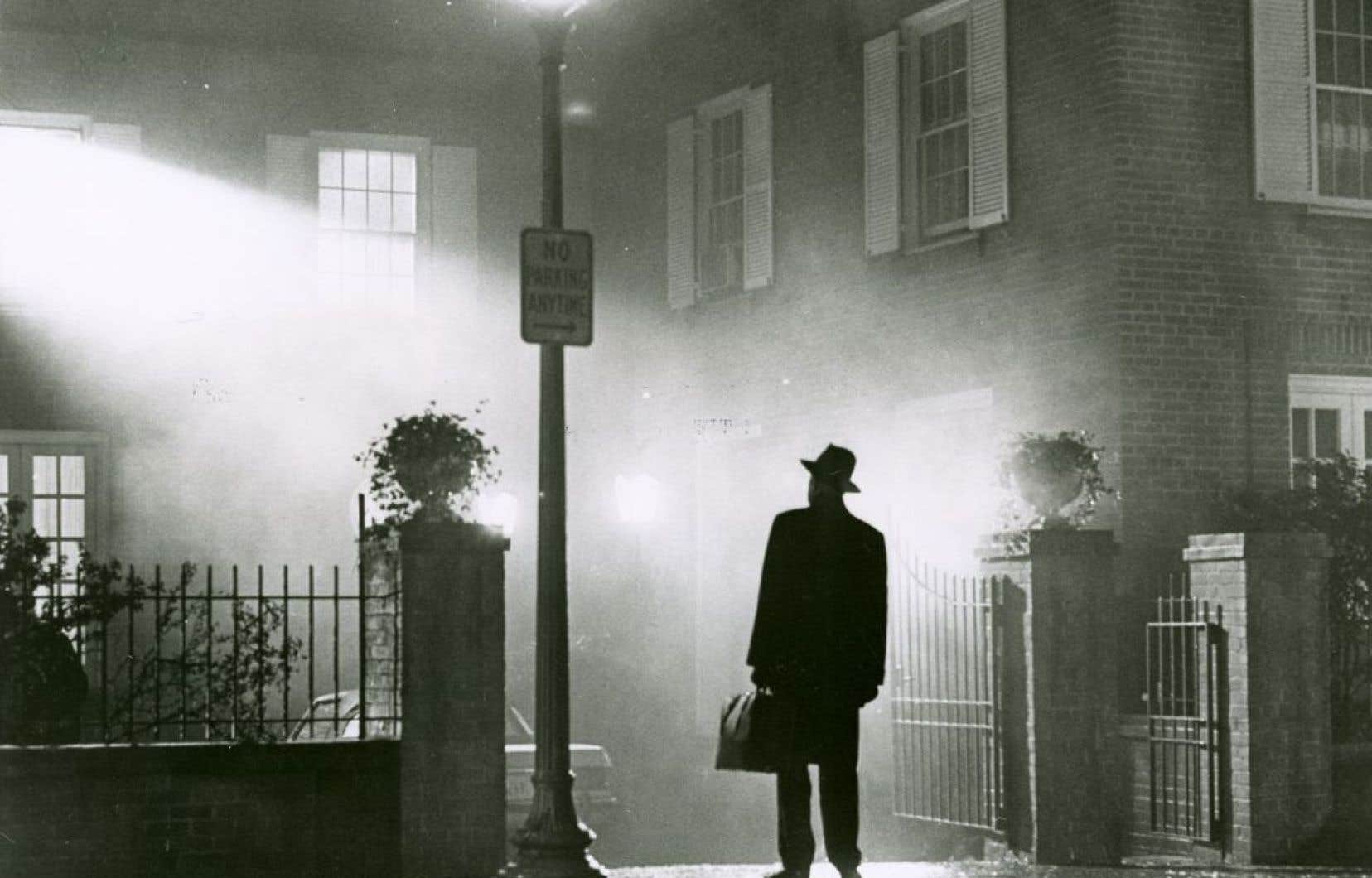The Cinémathèque québécoise’s summer program promises to give you chills, even in the middle of a heat wave. From 1er July to August 31, the institution will present 86 films as part of its Horror Stories cycle, presented in collaboration with the Fantasia festival.
The program will revisit 100 years of cult works and other horror cinema classics. Marcel Jean, director general of the Cinémathèque, expects strong emotional moments. “Horror cinema, he says, is one of the only cinemas where we express ourselves, where we can shout in the cinema hall, without it being something inappropriate. »
That said, horror does not necessarily rhyme with violence or disgust. The genre evolves. “What was horror 100 years ago is no longer horror today,” explains Mr. Jean. Blood and guts are no longer enough to scare moviegoers. Even if sensibilities change, it is impossible to pay homage to a century of horror cinema without Dracula (1931) by Tod Browning, The Birds (1963) by Alfred Hitchcock, or The Exorcist (1974) by William Friedkin.
The Cinémathèque will also present rare works from its collection, including hell, an Italian film from 1911. “A rather gothic thing, which is very rarely shown and which deserves to be seen”, maintains Marcel Jean. The film will be screened with piano accompaniment, just like Nosferatu (1922), Haxan (1922) and The Phantom of the Opera (1925). The latter is “one of the great classics of the Cinémathèque”, according to the director, who praises the work of pianist Gabriel Thibodeau, “one of the great names of the piano on silent cinema”.
female horror
The cinema is far from being an equal environment, as the prize lists of the various festivals regularly remind us. While the Cinémathèque offered 100 films by female directors as part of the Women, Women cycle in the summer of 2018, it is now highlighting the work of several women who work in horror and who explore new themes.
In Titanium (2021), by the Frenchwoman Julia Ducournau, “the question of gender [est] very topical, very contemporary”, according to Mr. Jean, who praises a film “quite hardenough trash “.
Australian Jennifer Kent, with The Babadook (2014), makes a film about bereavement and postpartum depression. For the director general of the Cinémathèque, “it’s really a horror film where it’s about an issue that is feminine. How do you live after childbirth and all the notions of guilt that come with that? “.
Canadian Elza Kephart, with Slaxx (2020), meanwhile, offers a satire of the fashion industry in which a murderous pair of jeans preys on the employees of a hip clothing store.
local terror
Marcel Jean, who is also chairman of the board of directors of the Fantasia festival, explains that the genesis of horror cinema in Quebec lies above all in commercial considerations: “The first horror films appeared, and it was not a coincidence, at the same time as the first erotic films or the first big comedies, because it is the desire to create an industry”, he explains.
We will see the commercial appeal of the genre in Quebec with On the doorstep (2003), by Éric Tessier, who surfs among other things on the notoriety of the novel by Patrick Senécal to obtain an enviable success.
The hungry (2017), by Robin Aubert, enjoys an enviable cast with Marc-André Grondin and Monia Chokri. According to Marcel Jean, we are dealing with “a great zombie film”.
More nested, the Thanatomorphosis (2012) by Éric Falardeau tells the story of a woman whose body is rotting. “It’s this whole relationship to his body that is quite ‘Cronenberguian'”, explains Mr. Jean.
Finally, for the nostalgic, the Cinémathèque’s summer cycle is a golden opportunity to see films screened in 35 mm, a practice that is on the way out.
See you in the room, at your own risk…
